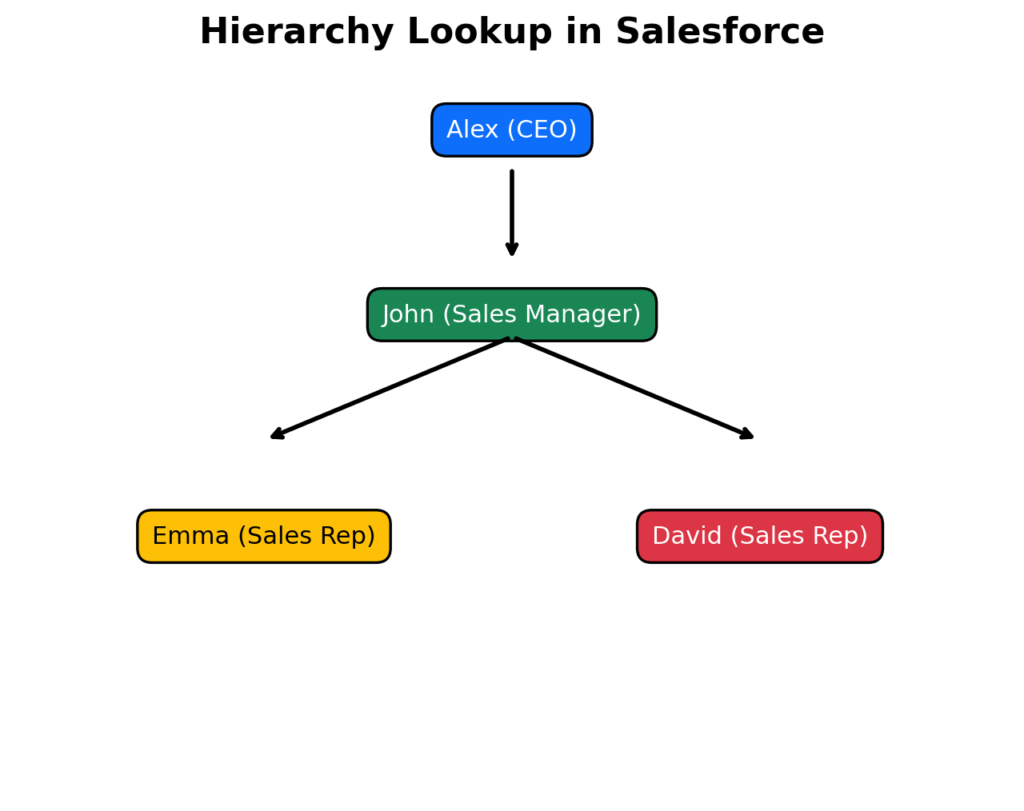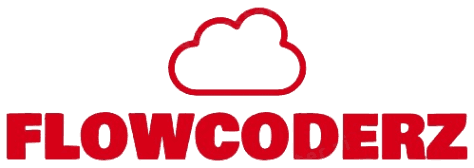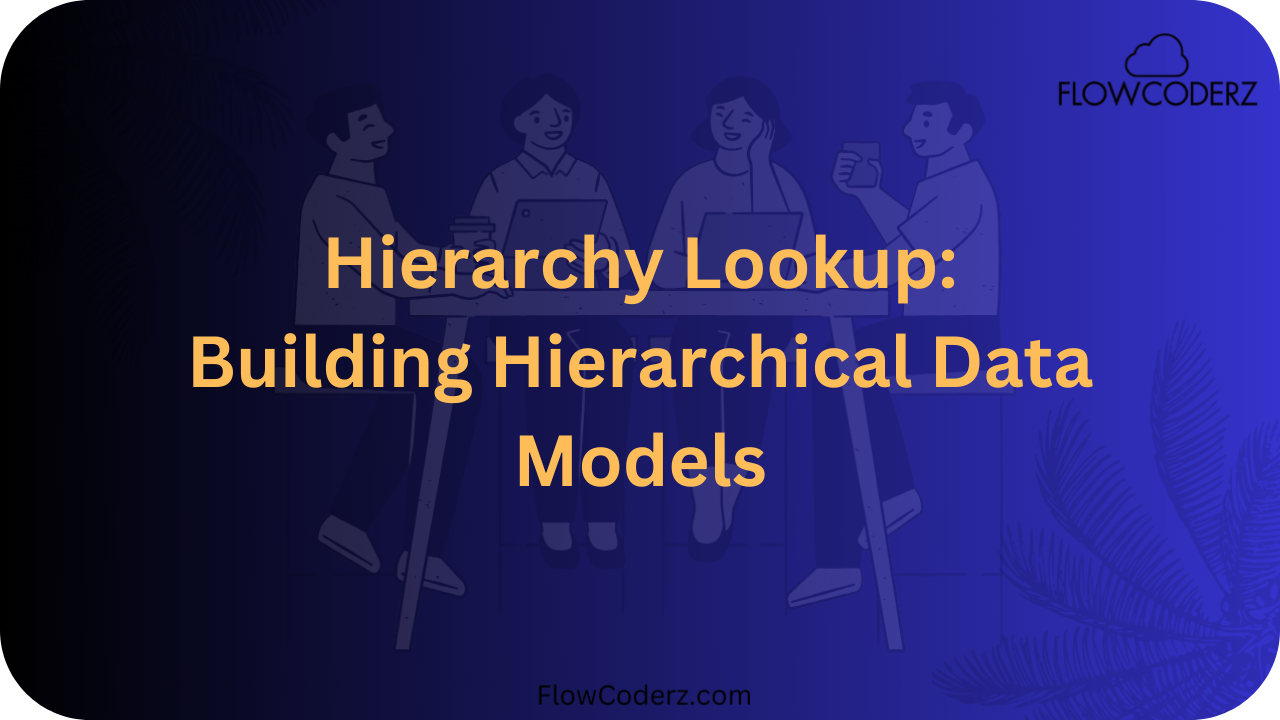When working with Salesforce data models, you will often come across scenarios where a record in an object needs to reference another record of the same object. This is where Hierarchy Lookup Relationship comes into play.
In this blog, we’ll explore:
- What Hierarchy Lookup is
- Why it’s useful
- A real-world example
- How to create it in Salesforce
- Benefits and limitations
- A diagram for easy understanding
What is a Hierarchy Lookup in Salesforce?
A Hierarchy Lookup is a special type of Lookup Relationship available only for the User object in Salesforce.
It allows you to create a relationship between one User record and another User record. Essentially, this lets you build a reporting or management hierarchy within Salesforce.
Think of it like saying:
- “This User reports to that User.”
- “This employee’s manager is another User.”
Key Features of Hierarchy Lookup
- Only available for the User object.
- Allows a User to reference another User as their manager.
- Helps define reporting structures (like manager → employee).
- Enables visibility and access rules (like manager can see subordinates’ records).
Real-World Example
Let’s imagine a company with the following reporting structure:
- CEO (Alex) manages Sales Manager (John).
- John manages two Sales Reps: Emma and David.
Using Hierarchy Lookup:
- John’s Manager field will point to Alex.
- Emma’s Manager field will point to John.
- David’s Manager field will point to John.
This way, Salesforce knows exactly who reports to whom.
Diagram: Hierarchy Lookup in Salesforce

In Salesforce, this is achieved using the Manager field (Hierarchy Lookup) on the User object.
How to Create a Hierarchy Lookup
Actually, Salesforce already provides a built-in Hierarchy Lookup field on the User object called Manager.
But if you want to create a custom Hierarchy Lookup field:
- Go to Setup → Object Manager.
- Select the User object.
- Click Fields & Relationships → New.
- Choose Lookup Relationship.
- Select User as the related object.
- Save the field.
Now you have a custom Hierarchy Lookup on User.
Benefits of Hierarchy Lookup
- Defines clear reporting structures.
- Enables manager-level visibility into subordinates’ records.
- Useful in approval processes, reporting, and role-based access.
- Simple way to create an organization chart.
Limitations of Hierarchy Lookup
- Only available on the User object.
- Cannot be created on other standard or custom objects.
- Doesn’t replace Role Hierarchy or Sharing Rules — it works in addition to them.
Use Cases in Salesforce
- Manager Approvals → Approval requests go up the hierarchy.
- Data Visibility → Managers can see records of subordinates.
- Org Charts → Easily map reporting structures.
Conclusion
The Hierarchy Lookup Relationship in Salesforce is a powerful way to define reporting structures within the User object. It ensures that employees, managers, and executives are all connected in a clear chain of command.
By leveraging this, organizations can streamline approval processes, improve data visibility, and better manage user relationships.
👉 Next time you see the Manager field on a User record, remember — that’s Salesforce’s Hierarchy Lookup in action!

